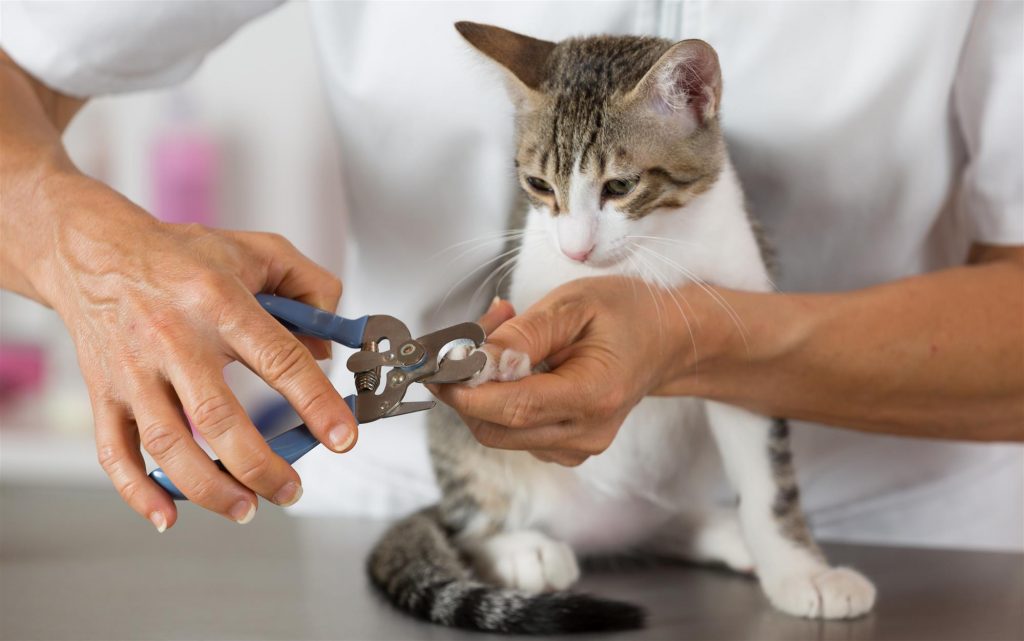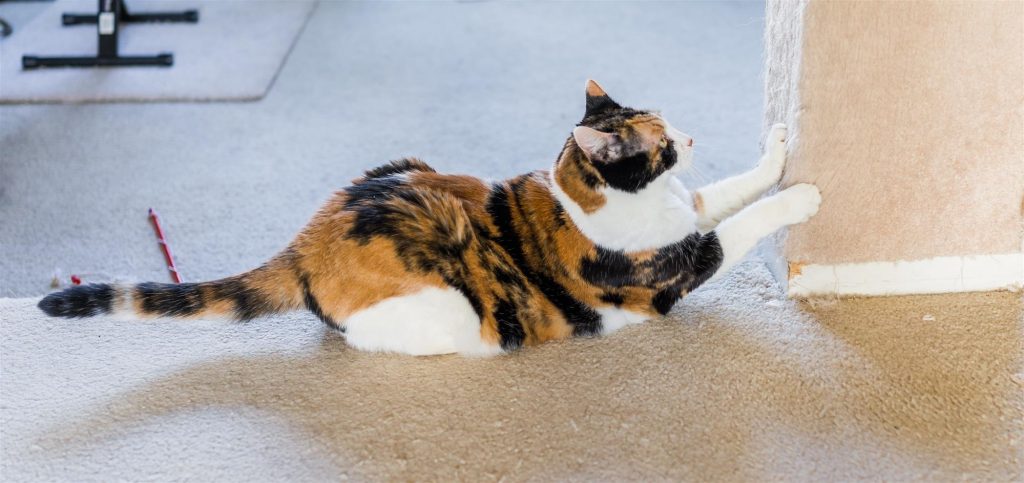When and How to Trim a Cat’s Claws
Trimming your cat’s claws is about more than just saving your furniture; it’s good for your cat, too. Keeping those nails trimmed reduces the chance of your cat getting his claws stuck in the carpet or other fabrics, and that can prevent costly vet visits. Most importantly, the occasional trim will also foster an enjoyable experience instead of a pain-inducing exercise in wincing.

It’s far healthier (both mentally and physically) for your cat to keep their claws intact, so, even if it’s tempting, don’t entertain the idea of declawing. Not only can it cause devastating side effects like chronic pain, it really isn’t necessary, and, if they happen to dash out the pet door, declawed nails could put them at risk.
Though cats are natural scratchers, you can keep your furniture safe with regular nail trims. Get the how, when, and why right here in this guide.
Acclimation
The main idea here is to train your cat to become accustomed to the act of your holding its paws and to the sound of nail clippers. Cat paws are sensitive, so you should expect that this will take time. It’s ideal to begin the acclimation process while they are kittens, whenever possible, but it’s not impossible to acclimatize an older cat with patience.
Make a Quiet Place
Take your cat to a calm and quiet room for at least a few minutes for each session. Sit with them on your lap with a bag of treats within reach. You may need to repeat each step multiple times for each paw before moving to the next one; always do this in the same room. You want your cat to associate treats, the room, and your lap with nail clippings.
Soft Massage
Massage your cat’s paws gently for less than three seconds at a time. Do this one paw at a time before giving a treat. If they aren’t bothered by you playing with one paw, move to the next before giving them a treat. Never do more than two paws before treating your cat. Repeat this at least a few times.
Gently Squeeze the Toes
Once your cat is comfortable with a gentle “paw massage,” then gently squeeze one toe at a time to extend the claw before giving them a treat. Don’t squeeze too hard or forcefully hold their paw if they’re completely against it; let the paw go, give lots of treats, and try again in a few minutes or even a few days.
Introduce the Clippers
Get them used to the sound of clippers. Clip a piece of thin spaghetti within their sight and give them a treat. Let your cat sniff, rub up against, or otherwise investigate the trimmers thoroughly, both while in the on or off position if you’re using a Dremel-style device.
Clip the Nail

Once they are mostly accustomed to clippers, it’s time to trim the nail. Look carefully at your cat’s nail; there’s a white portion and a pink portion. The pink area is the quick—it’s like your nail bed and contains sensitive nerves and blood vessels. Your goal is to cut partway down the white of the nail without ever touching the quick. It’s a wise idea to keep styptic powder or sticks nearby in case an accident happens.
Make sure your cat is used to the nail clipping process before you go all-in and trim every nail. This process may take time; every cat acclimatizes at their own rate. Once she’s trimmed and ready to play, give her access to the backyard with a brand new cat flap from Australia Pet Doors.
